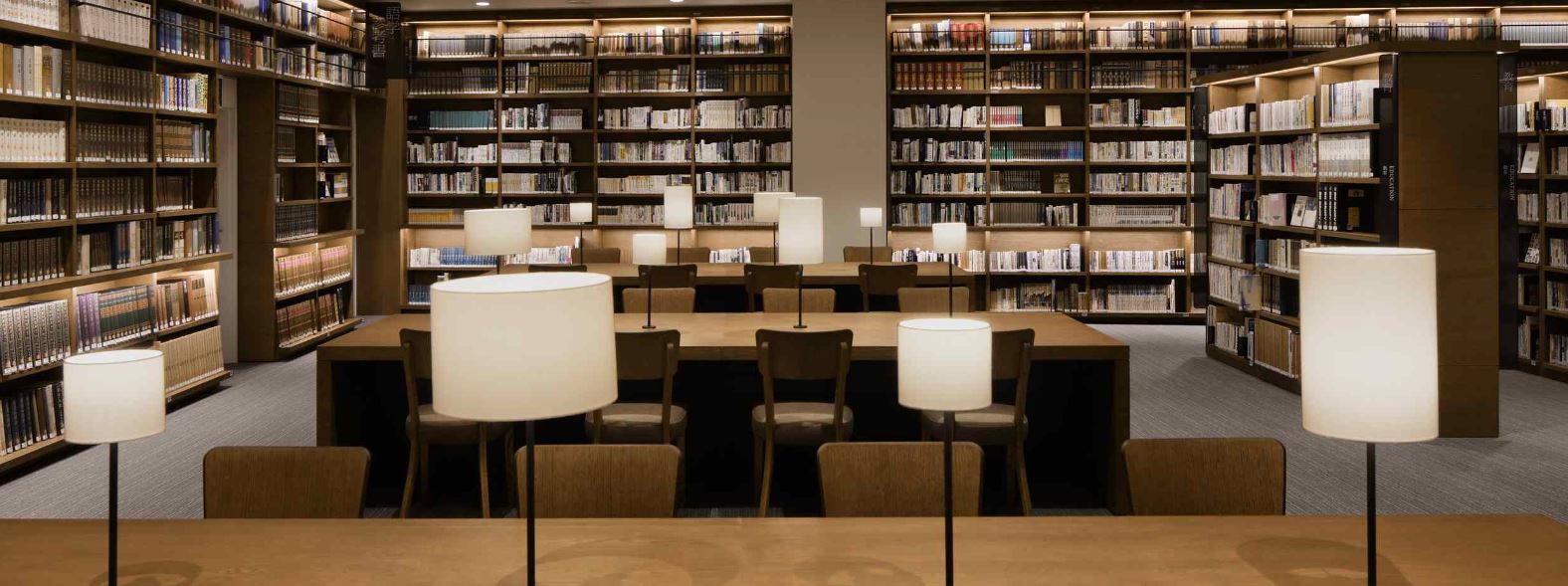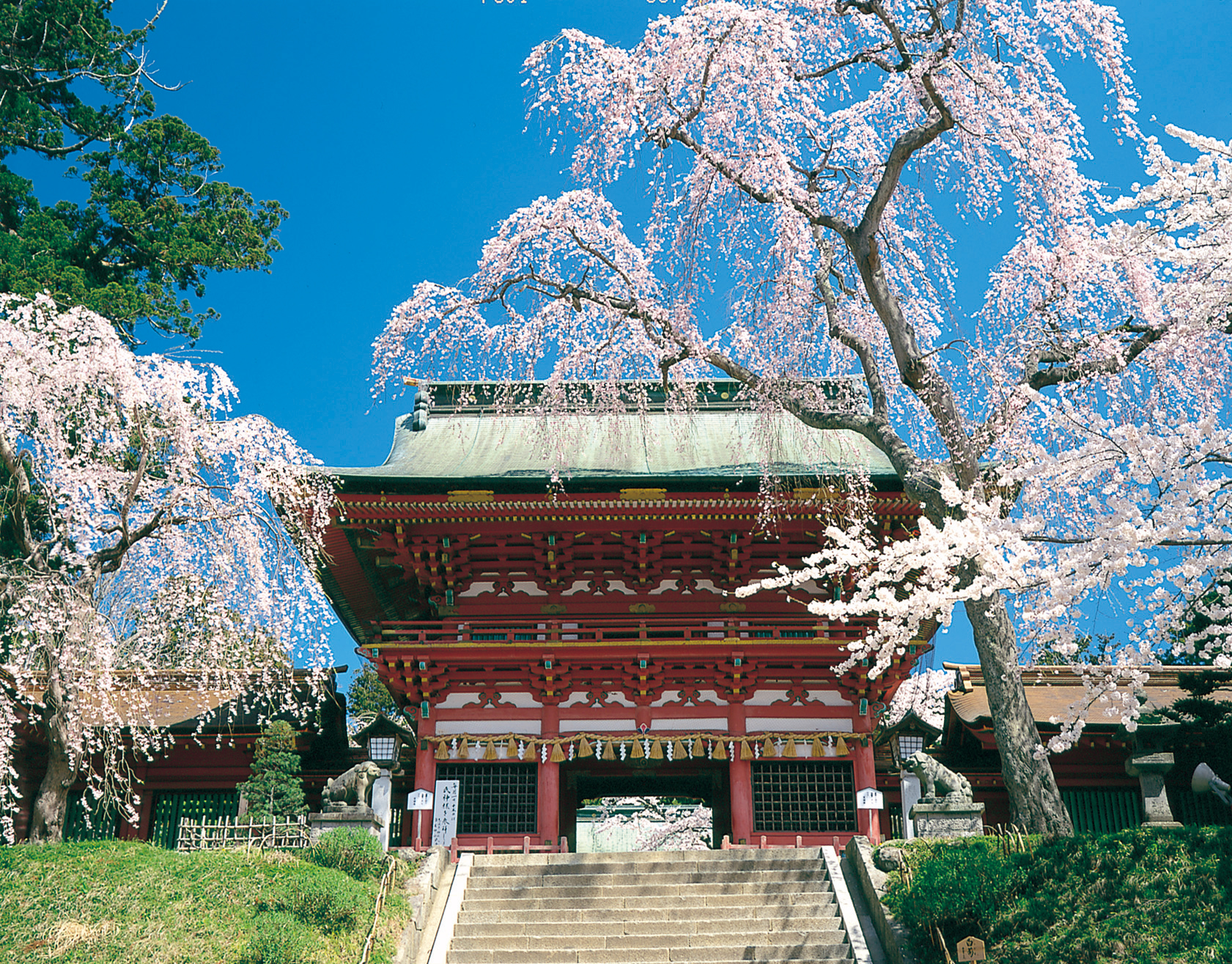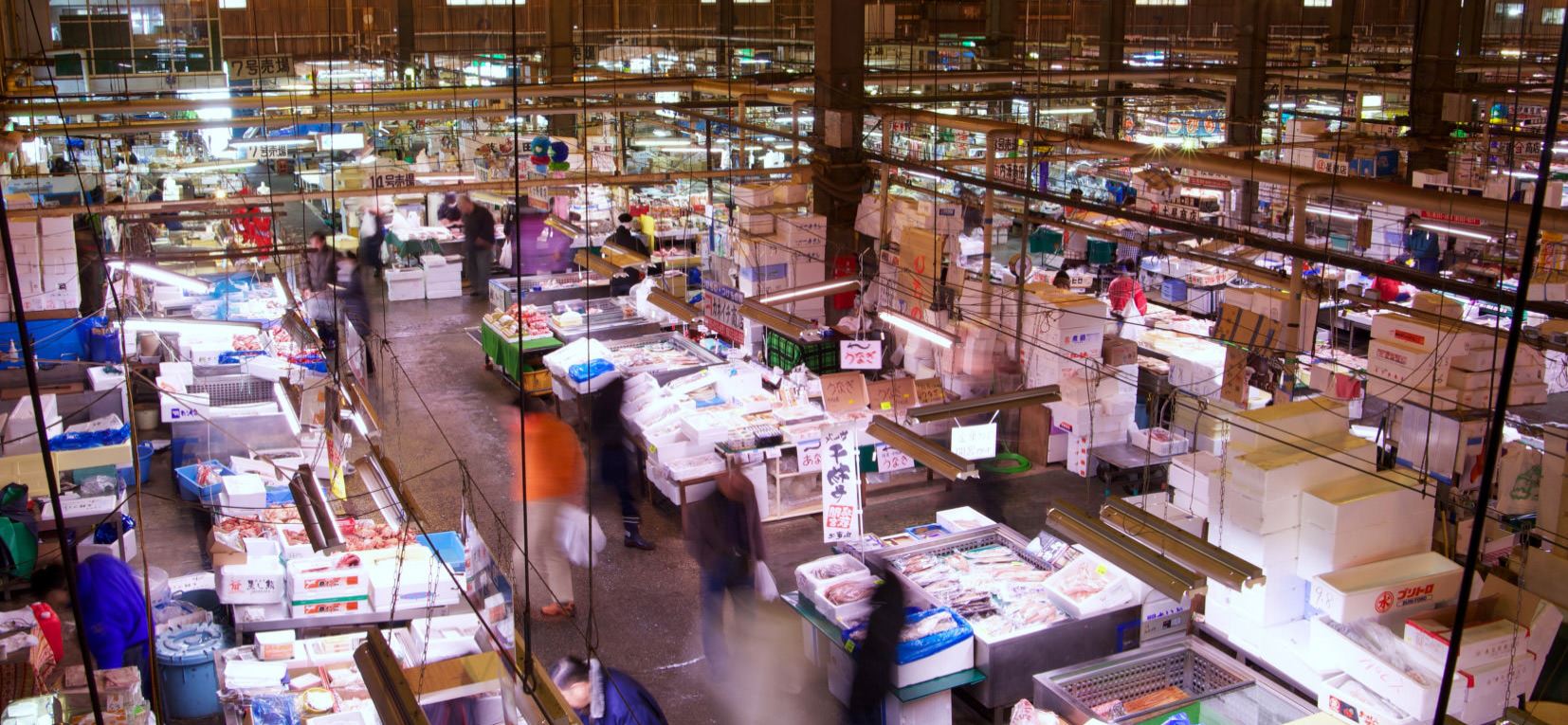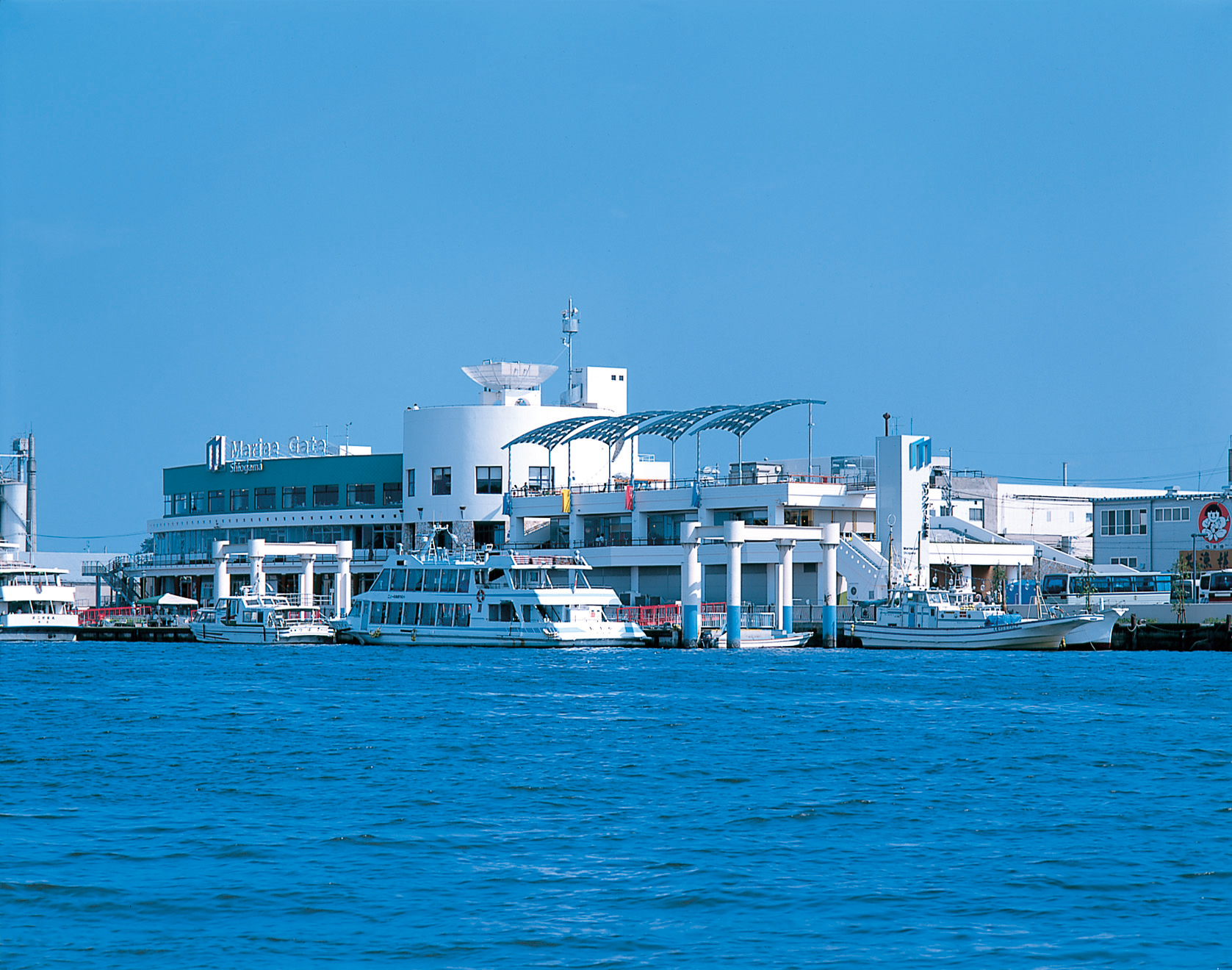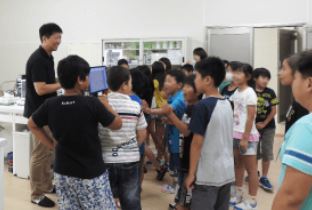BOSAI + Tourism Details
3)Learning about the reconstruction and the cultures of disaster preparedness from previous disasters [(1) Tagajo City - (2) Higashi-Matsushima City - (3) Ishinomaki City - (4) Kesennuma City] Course
Learning about the disaster-related cultures created by the repeated disasters and the people who overcame these disasters. A program where participants learn about how people overcame disasters and earthquakes, such as the 869 Sanriku Earthquake, Meiji Sanriku Earthquake, Showa Sanriku Earthquake, Chilean Earthquakes and Tsunamis, and the Great East Japan Earthquake.
Estimated amount of time required for tour course by bus: 9 hours (excluding optional sightseeing)
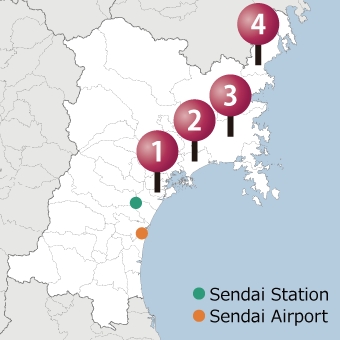
program 01 Tagajo City
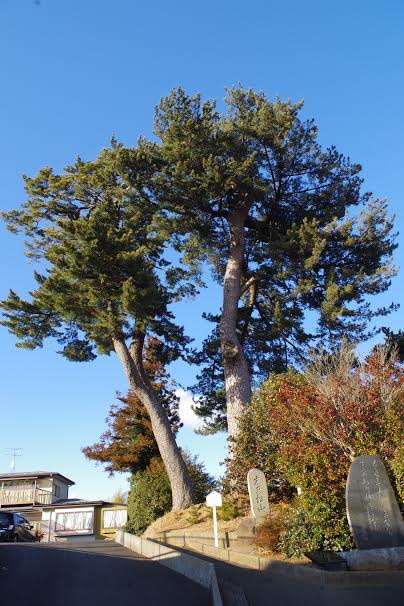
Suenomatsuyama
Suenomatsuyama is the hill referred to in one of the cards Hyakunin Isshu (the hundred poems written by one hundred poets) ,"Suenomatsuyama Namikosaji". Suenomatsuyama is known for blocking the gigantic walls of tsunami caused by the 869 Sanriku Earthquake as well as the tsunami caused by the Great East Japan Earthquake.
Available BOSAI Contents
program 02 Tagajo City
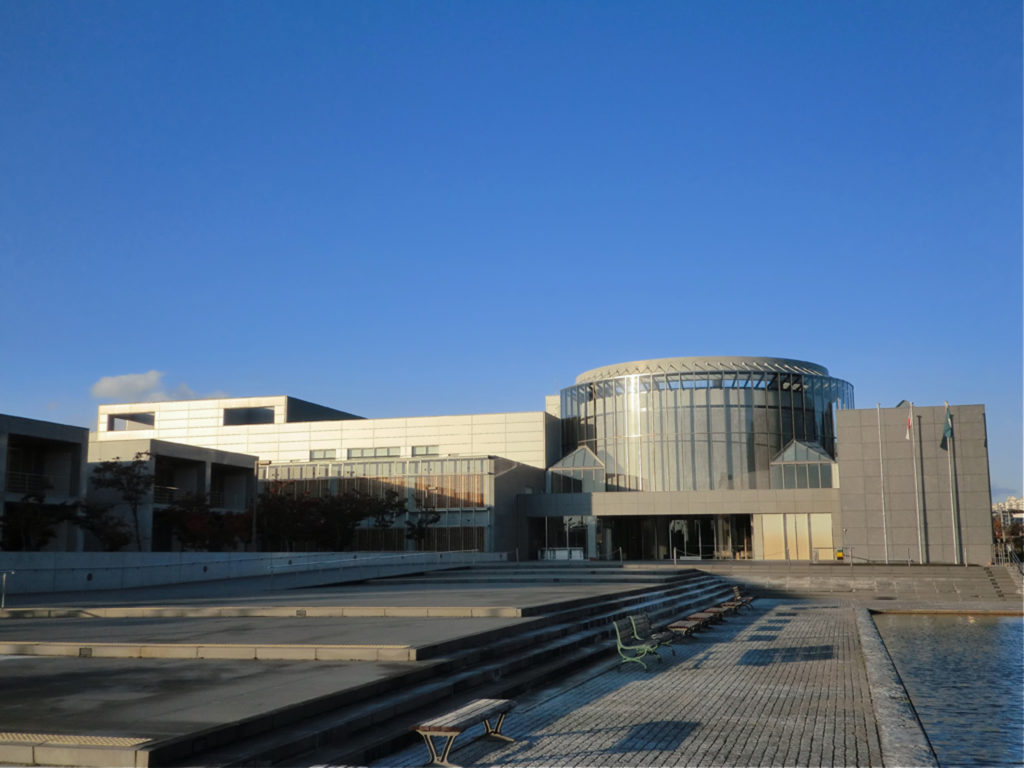
Tohoku History Museum
A prefectural history museum that has the largest exhibitions of various ruins, sites, stone monuments and old documents of Tohoku in all of Tohoku.
Available BOSAI Contents
Tour OptionsTagajo and Shiogama
-
Tagajo City Library
TEL:022-368-6226
Business hours:9:00~21:30
Regular holiday:None
Admission fees:Free
Access:1-minute walk from the North Exit of Tagajo Station
Access from Program 2:20-minute minutes walkShiogama Shrine
TEL:022-367-1611
Business hours:5:00~20:00
Regular holiday:None
Access:15-minute walk from Honshiogama Station
Access from Program 2:8 minutes from Tagajo Station to Honshiogama Station, 15-minute walkShiogama Fish Market
TEL:022-362-5518
Business hours:3:00 to 13:00 (Weekdays)
3:00 to 14:00 (Saturdays)
6:00 to 14:00 (Sundays and national holidays)
Regular holiday:Wednesday
Access:15-minute walk from Higashi Shiogama Station
Access from Program 2:9 minutes from Tagajo Station to Higashishiogama Station, 15-minute walkMarine Gate Shiogama
TEL:022-361-1500
Access:10-minute walk from Honshiogama Station
Access from Program 2:9 minutes from Tagajo Station to Honshiogama Station, 10-minute walk
program 03 Higashi-Matsushima City
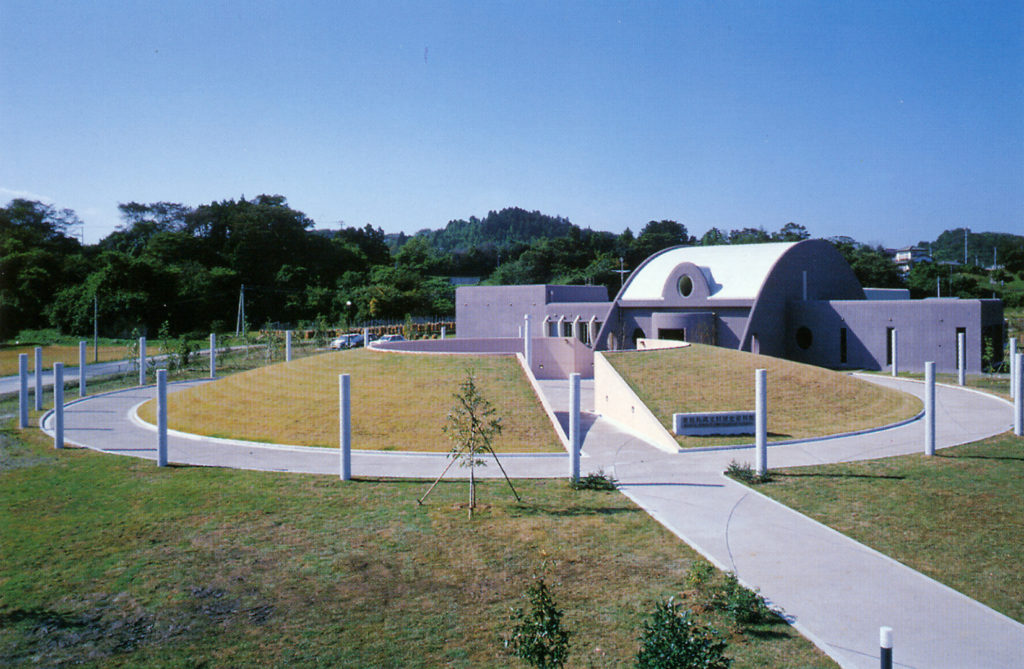
The Historical Museum of Jomon Village OkuMatsushima
A museum that exhibits various items, such as Jomon earthenware and bone tools, that were discovered at one of the biggest shell mounds in Japan called Satohama shell mound in Higashi-Matsushima, Miyagi Prefecture. Learn about the history of an area that survived a number of natural disasters since the Jomon Period (about 3,000-6,000 years ago).
Available BOSAI Contents
Tour OptionsHigashimatsushima
-
Okumatsushima Pleasure Boat
TEL:0225-88-3997
Business hours:8:30~17:00
Regular holiday:None
Admission fees:Adult 2,000 yen / Child 1,500 yen
Access:12 minutes from Nobiru Station by car
14 minutes from Naruse Okumatsushima Interchange by car
Access from Program 3:8-minute walkDiscovery Center
TEL:0225-90-4083
Business hours:From 10:00 to 12:00 From 14:00 to 16:00 (Reservations are required)
Regular holiday:Sunday and Monday, New Year's holiday
Admission fees:Adult 300 yen / Child 150 yen
Access:20-minute walk from Rikuzenono Station
Access from Program 3:20 minutes by car
program 04 Ishinomaki City

Miyagi Sant Juan Bautista Museum
A museum that exhibits a replica of the Sant Juan Bautista, a commission ship that travelled across the Pacific Ocean early in the 17th century. They also exhibit documents and records of historical backgrounds, disaster experiences during the Great East Japan Earthquake as well as previous disasters.
Available BOSAI Contents
program 05 Kesennuma City

Rias Ark Museum of Art
Kesennuma was damaged by a number of disasters, such as the Sanriku Tsunami in the Meiji Period and the Showa Period and the Chilean Earthquakes and Tsunamis in the Showa Period and the Heisei Period. How can we develop local cultures and achieve successful disaster reduction in the future? We learn about challenges of facing a disaster through exhibits and explanatory speeches.
Available BOSAI Contents
Other Options *More learning content
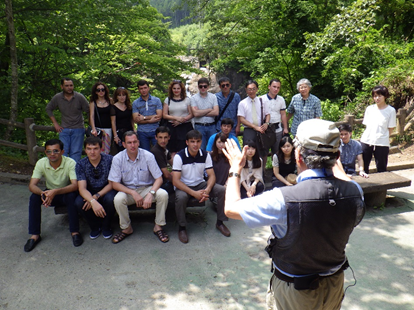
![[BOSAI] + [Tourism]](https://bosaikanko.jp/wp-content/themes/bosai/common/images/logo.png)
